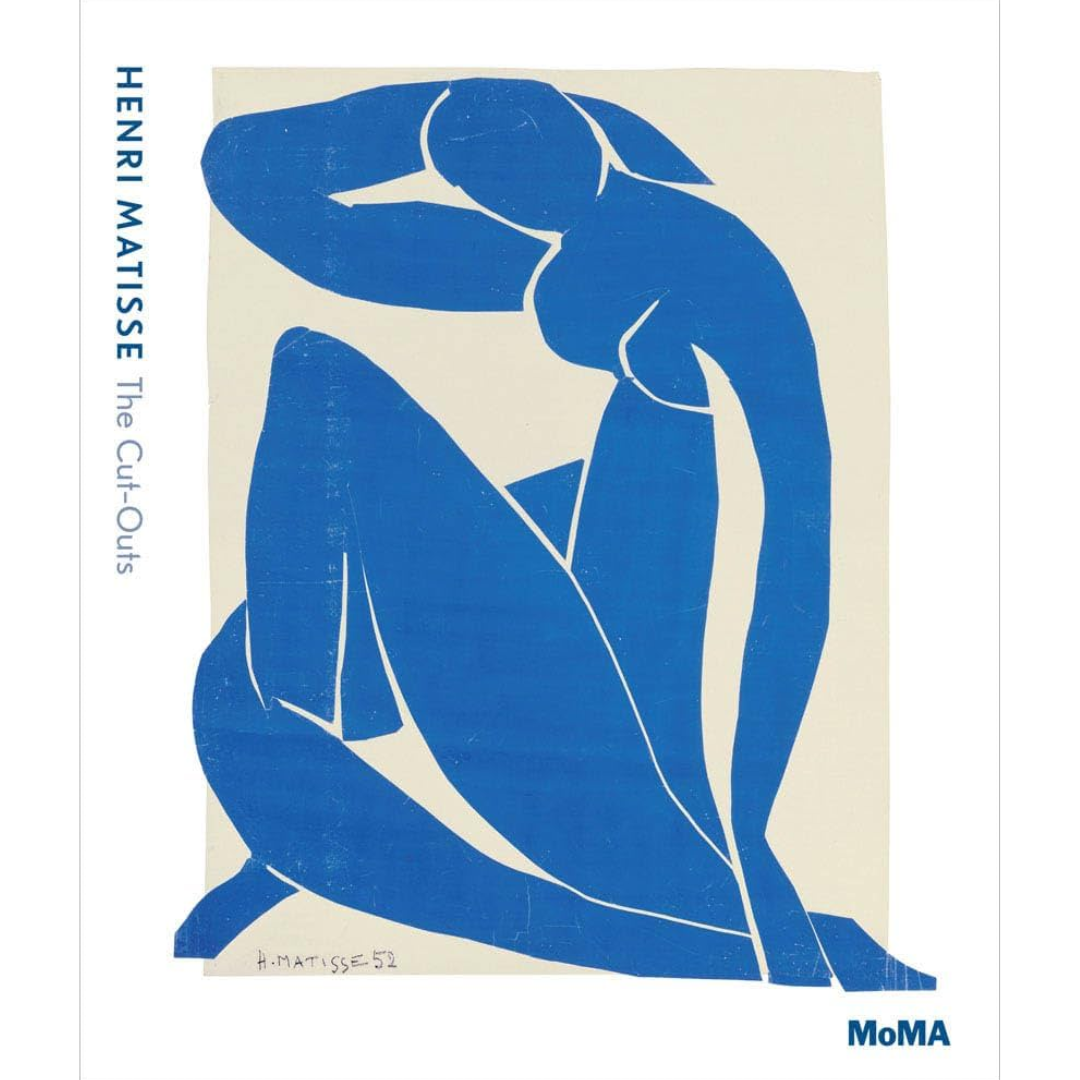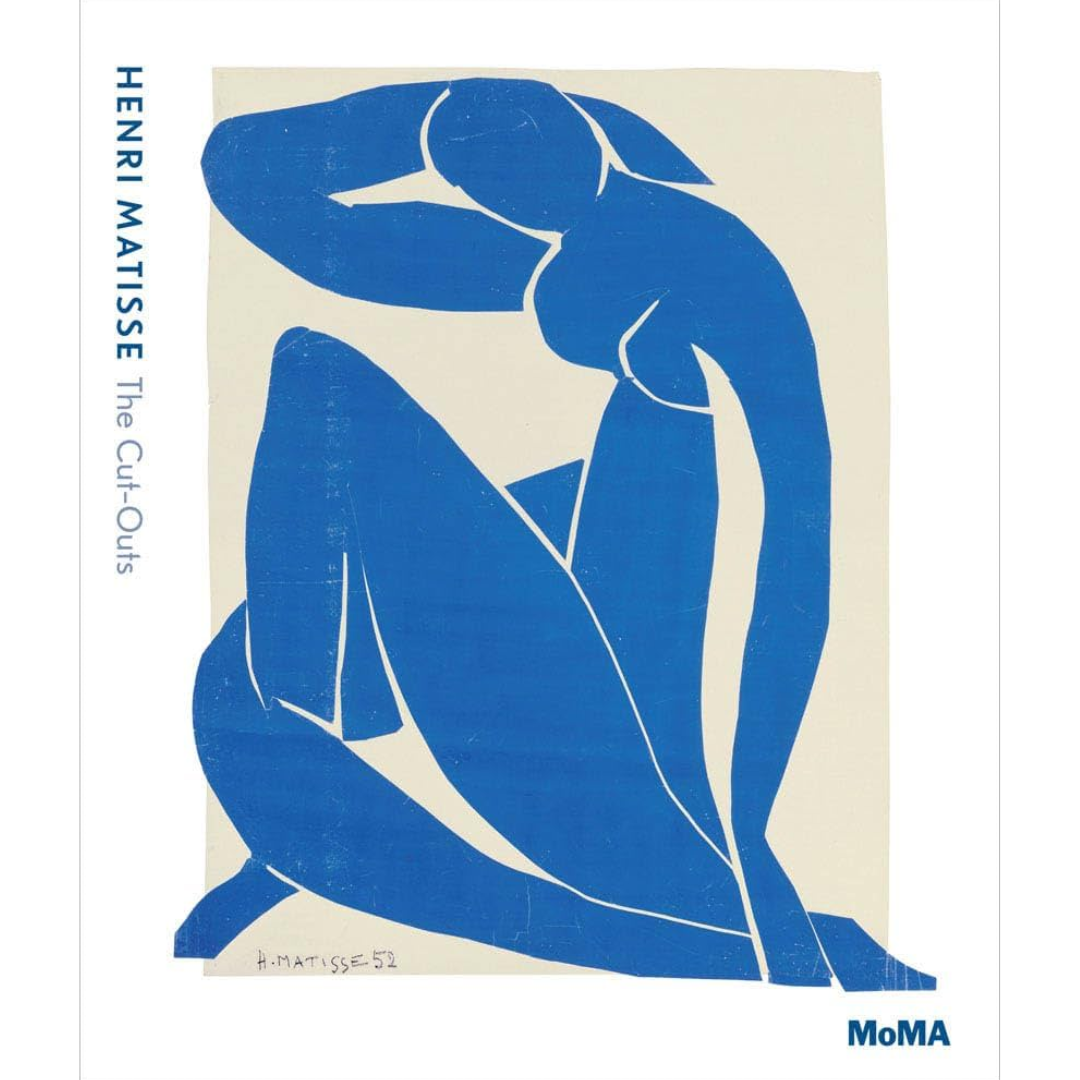Henri Matisse: The Cut-Outs
Henri Matisse: The Cut-Outs
Couldn't load pickup availability
With their economy of means and chromatic geometries, Matisse’s cut-outs are the apex of his "construction by means of color"
Published in conjunction with the most comprehensive exhibition ever devoted to Henri Matisse’s paper cut-outs, made from the early 1940s until the artist’s death in 1954, this publication presents approximately 150 works in a groundbreaking reassessment of Matisse’s colorful and innovative final chapter. The result of research conducted on two fronts--conservation and curatorial--the catalogue offers a reconsideration of the cut-outs by exploring a host of technical and conceptual issues: the artist’s methods and materials and the role and function of the works in his practice; their economy of means and exploitation of decorative strategies; their environmental aspects; and their double lives, first as contingent and mutable in the studio and ultimately made permanent, a transformation accomplished via mounting and framing. Richly illustrated to present the cut-outs in all of their vibrancy and luminosity, the book includes an introduction and a conservation essay that consider the cut-outs from new theoretical and technical perspectives, and five thematic essays, each focusing on a different moment in the development of the cut-out practice, that provide a chronicle of this radical medium’s unfolding, and period photographs that show the works in process in Matisse’s studio.One of modern art’s towering figures, Henri Matisse (1869–1954) was a painter, draftsman, sculptor and printmaker before turning to paper cut-outs in the 1940s. From the clashing hues of his Fauvist works made in the South of France in 1904–05, to the harmonies of his Nice interiors from the 1920s, to this brilliant final chapter, Matisse followed a career-long path that he described as "construction by means of color."
Karl Buchberg is Senior Conservator at The Museum of Modern Art.
Nicholas Cullinan is Director of the National Portrait Gallery in London.
Jodi Hauptman is a Senior Curator at The Museum of Modern Art.
Samantha Friedman is an assistant curator of the Department of Drawings and Prints at The Museum of Modern Art.
Flavia Frigeri is an assistant curator at Tate Modern in London; she is the organizing curator for Tate’s Young Patrons.
Nicholas Serota is director of Tate Modern's art museums and galleries.
Featured photograph, by Lydia Delectorskaya, © 2013 Succession H. Matisse, is reproduced from Henri Matisse: The Cut-Outs.
PRAISE AND REVIEWS
Architectural Digest
Samuel Cochran
In the late 1940s, suffering from ill health, the French artist Henri Matisse retired his paintbrush. A spirit as creative as his, however, was not to be restrained.
The Economist
Vibrant designs of apparent simplicity spooling from a master's hands in the last decade of his life, each one a tableau of luminosity and power.
Time Out Magazine
Joseph Wolin
in the 1950's, Matisse competed, consciously or not, with the very latest development in painting, Abstract Expressionism, filling vast surfaces with iconic forms and radiant color.
The Art Newspaper
Alexander Adams
The catalogue for the Tate's exhibition Henri-Matisse: The Cut-Outs surveys Matisse's late collages, including Jazz and the Vence chapel. Works from small-scale collages to frand mural projects are not only illustrated in their final forms but also seen in progres in numerous studio photographs. Fold-out pages give an idea of teh expansive nature of The Parakeet and teh Mermaid, 1952, and The Swimming Pool, 1952, at 16m wide. A technical summary of the cut-outs explains the range of papers used, the paint used to colour the sheets and the method of composition.
Yahoo: Style
The Editors
Gift Guide: Books
Share


